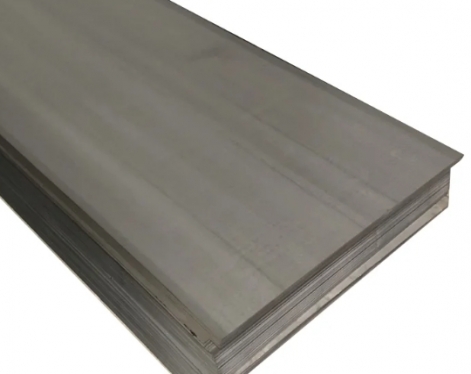1. What is Seamless Mechanical Tubing?
Seamless(SMLS) mechanical tubing refers to tubing that is manufactured without any seams or welds along its length. This type of tubing is typically produced through a process called seamless steel pipe manufacturing, where a solid cylindrical billet is heated and then pierced to create a hollow section. The tube is then further processed through various stages such as elongation and sizing to achieve the desired dimensions and properties.Seamless mechanical pipe is known for its uniformity, strength, and durability, making it suitable for applications requiring high-pressure resistance, precision tolerances, and smooth surface finish.
2. What is Seamless Mechanical Steel Tube used for?
Mechanical tubing serves mechanical and light gauge structural purposes and is tailored to meet specific end-use demands, standards, tolerances, and compositions. This customization ensures more consistent property distribution throughout the tubing compared to conventional pipes or tubes. Although mechanical tubing can adhere to standard specifications upon request, it's often manufactured with "typical" properties, primarily emphasizing yield strength for precise sizing and wall thickness. In certain applications requiring extensive forming, yield strength might not be explicitly defined, and the mechanical tubing is engineered to be "suitable for use." Its applications span a broad spectrum, encompassing both structural and non-structural needs.

3. SMLS Mechanical Tube Sizes
Seamless mechanical tubing is available in a wide range of sizes, typically ranging from as small as 0.125 inches (3.175 millimeters) in diameter up to several inches in diameter, such as 12 inches (304.8 millimeters) or more. The wall thickness of seamless mechanical tubing can vary depending on the application, but it commonly ranges from around 0.035 inches (0.889 millimeters) to 0.500 inches (12.7 millimeters) or more. These specific sizes cater to diverse industrial and engineering needs, offering flexibility and precision for various applications requiring seamless mechanical tubing.4. Types of Products
(1)Drawn Over Mandrel (DOM) tubing
DOM tubing is a type of seamless mechanical tubing that undergoes additional processing after being initially manufactured. In the DOM process, the tubing is drawn over a mandrel to achieve precise dimensions, improved surface finish, and enhanced mechanical properties such as increased strength and uniformity. DOM tubing is valued for its uniformity and consistency, making it suitable for applications requiring tight tolerances and high performance.(2)Cold Drawn Seamless (CDS) Tubing
This type of tubing is manufactured by cold drawing a solid cylindrical billet through a die to reduce its diameter and wall thickness. CDS tubing offers excellent dimensional accuracy, surface finish, and mechanical properties, making it suitable for a wide range of applications.(3)Hot Finished Seamless (HFS) Tubing
HFS tubing is produced by heating a solid cylindrical billet and then piercing it to create a hollow tube. The tube is then further processed through hot rolling or hot extrusion to achieve the final dimensions and mechanical properties. HFS tubing is often used in high-temperature and high-pressure applications.
(4)Alloy Seamless Mechanical Tubing
Alloy seamless mechanical tubing is made from alloy steel, which contains additional elements such as chromium, molybdenum, or nickel to enhance its mechanical properties. This type of tubing offers superior strength, hardness, and corrosion resistance, making it suitable for demanding applications.
(5)Stainless Steel Seamless Mechanical Tubing
Stainless steel seamless mechanical tubing is manufactured from stainless steel, which offers excellent corrosion resistance and mechanical properties. It is commonly used in aerospace, automotive, and chemical processing industries.5. Structural VS Mechanical Steel Pipe
Structural and mechanical steel pipes are both used in various industrial applications, but they serve different purposes and are designed to meet different requirements:(1)Structural Steel Pipe
Structural steel pipe is primarily used for structural applications in construction and infrastructure projects. It is designed to support loads and provide structural integrity to buildings, bridges, and other structures. Structural steel pipe often has a larger diameter and thicker walls compared to mechanical steel pipe to withstand heavy loads and stresses. It may be welded or seamless, depending on the specific application.(2)Mechanical Steel Pipe
Mechanical steel pipe, also known as mechanical tubing, is used for various mechanical applications such as machinery, automotive components, and agricultural equipment. It is designed to convey fluids, gases, or solids within a mechanical system.In summary, structural steel pipe is used for structural support and load-bearing purposes in construction projects, while mechanical steel pipe is utilized for conveying fluids, gases, or solids within mechanical systems. Each type of steel pipe is engineered to meet different performance criteria and specifications based on its intended application.









